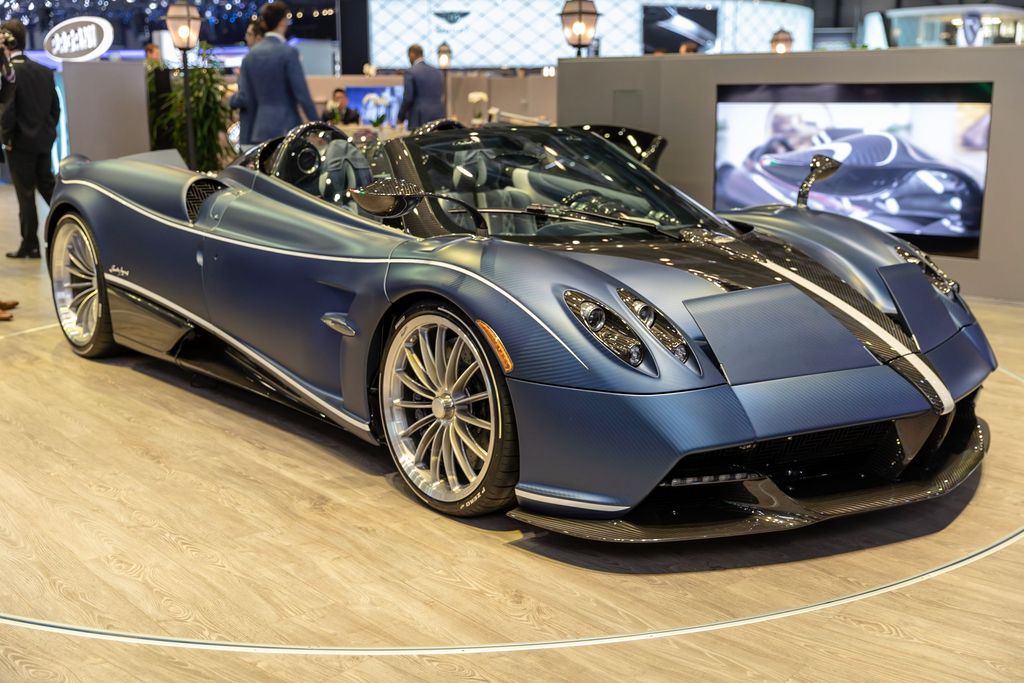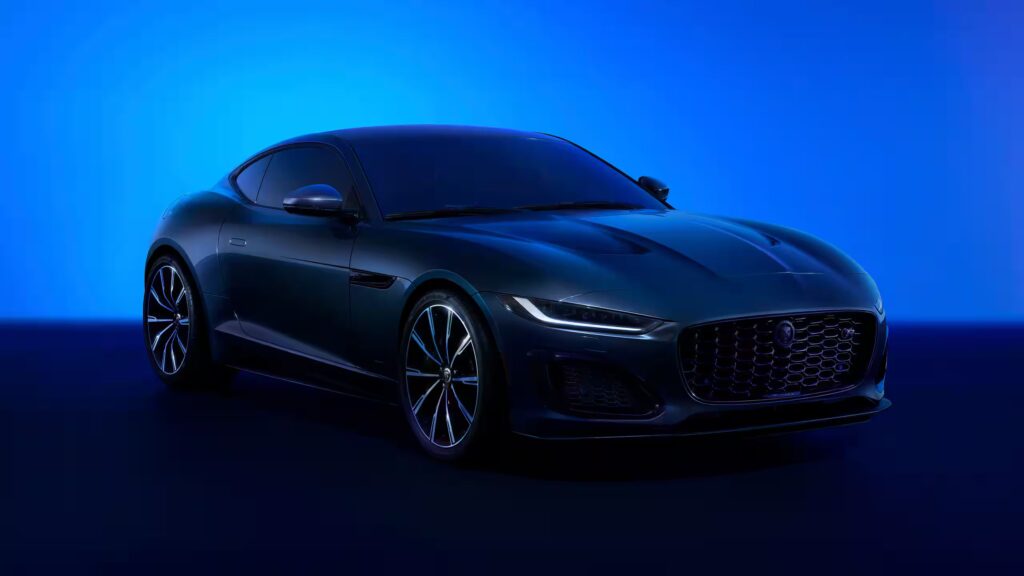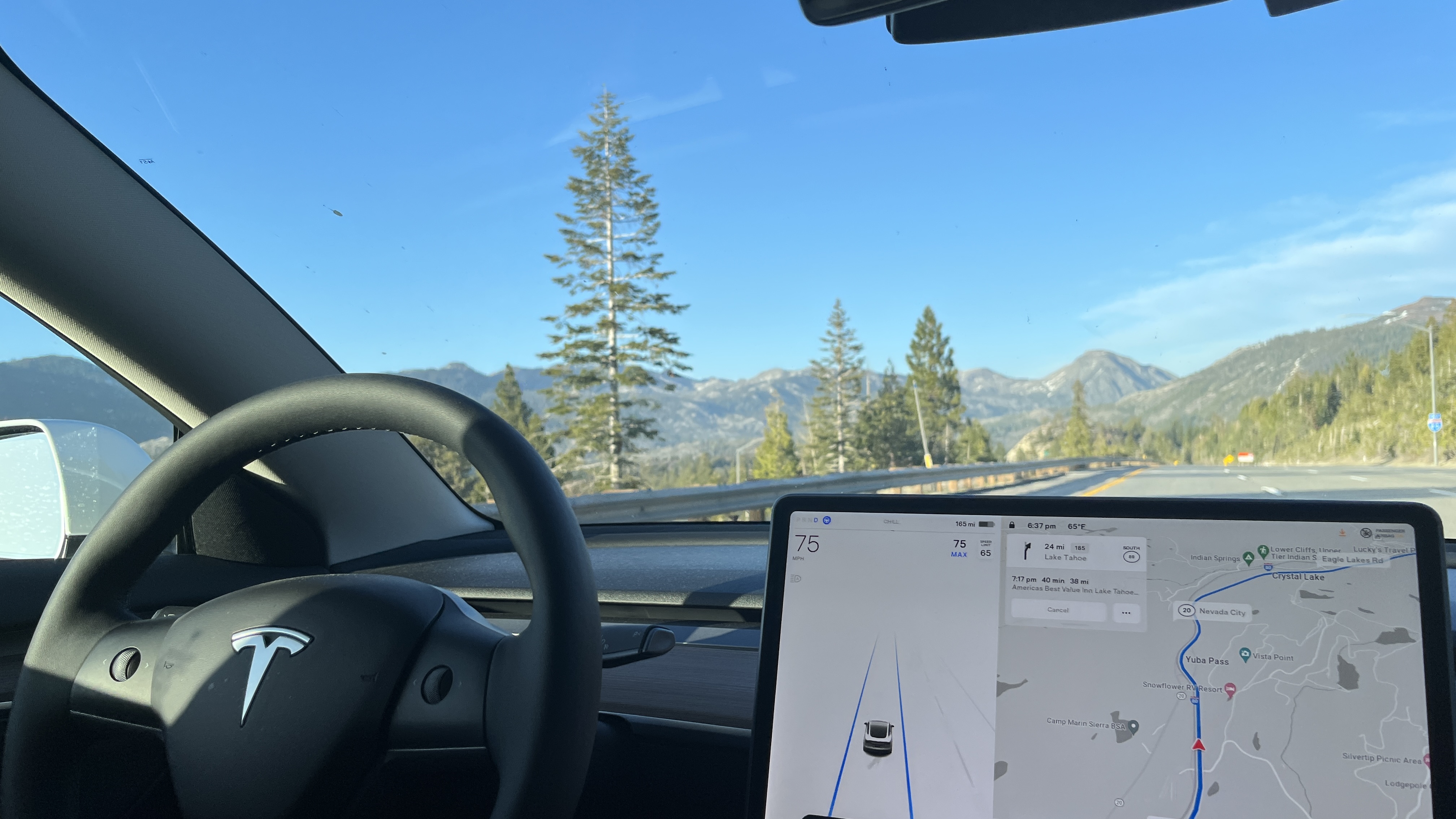
Tesla’s Autopilot system has revolutionized the way many perceive driving, introducing advanced driver-assistance features that promise greater comfort and convenience. Yet, beneath the veneer of sophisticated automation lies a fundamental truth: these systems are aids, not replacements for an attentive human driver. The critical distinction between Level 2 driver assistance and full autonomy is often blurred, leading to dangerous misconceptions and, consequently, serious mistakes by drivers who misinterpret the system’s capabilities and limitations.
As the technology continues to evolve, understanding the precise operational parameters and inherent warnings of Autopilot features becomes paramount. The system explicitly provides warnings, cautions, and limitations for each of its functionalities, underscoring the driver’s unwavering responsibility to remain in control. Ignoring these crucial guidelines can transform what is designed to be an enhancement into a source of property damage, serious injury, or even death.
This in-depth exploration will delve into the most significant errors people make when utilizing Tesla Autopilot. We aim to dissect these common pitfalls, providing a clear, analytical perspective on how these mistakes manifest and, more importantly, how to cultivate a safer, more informed approach to using Tesla’s groundbreaking, yet still supervised, driving technology. By understanding these issues, drivers can significantly improve their safety and the efficacy of their Autopilot experience.
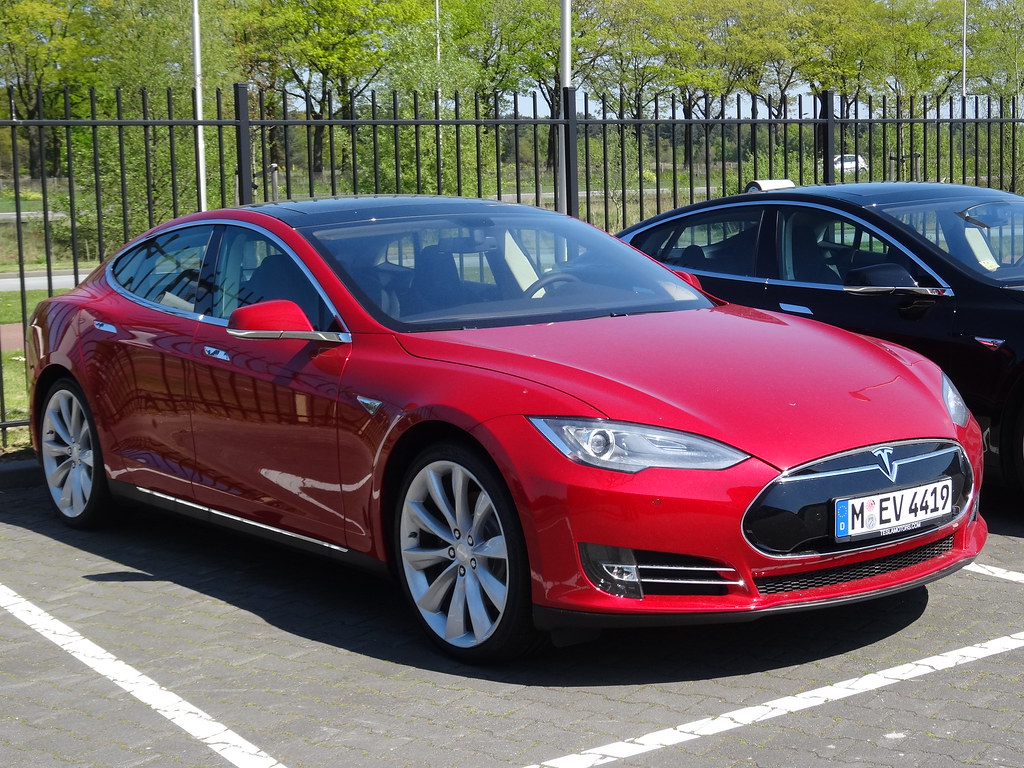
1. **Over-relying on Traffic-Aware Cruise Control (TACC) for autonomous speed adaptation and collision avoidance.**
Traffic-Aware Cruise Control (TACC) is designed primarily for driving comfort and convenience, not as a collision warning or avoidance system. A critical mistake drivers make is to depend on TACC to adequately slow down the Model S or to adapt driving speed based on all road and driving conditions. This misjudgment often leads to a false sense of security, where drivers may assume the system will handle every scenario, including those requiring nuanced human intervention.
For instance, the system explicitly states that it “does not adapt driving speed based on road and driving conditions.” This means TACC should not be used “on winding roads with sharp curves, on icy or slippery road surfaces, or when weather conditions (such as heavy rain, snow, fog, etc.) make it inappropriate to drive at a consistent speed.” Drivers who overlook these specific warnings place themselves and others at considerable risk, expecting the system to perform functions it is not engineered to do.
Furthermore, TACC “may be unable to provide adequate speed control because of limited braking capability and hills” and “can also misjudge the distance from a vehicle ahead.” There are situations where TACC “may occasionally cause Model S to brake when not required or when you are not expecting it,” such as when closely following a vehicle or detecting objects in adjacent lanes, particularly on curves. These unexpected braking events, often dubbed ‘ghost stops,’ can be startling and dangerous if the driver is not fully prepared to take control.
Perhaps most critically, drivers must remember that TACC “may not detect all objects and, especially when cruising over 50 mph (80 km/h) , may not brake/decelerate when a vehicle or object is only partially in the driving lane or when a vehicle you are following moves out of your driving path and a stationary or slow-moving vehicle or object is in front of you.” While TACC is “capable of detecting pedestrians and cyclists,” drivers must “never depend on Traffic-Aware Cruise Control to adequately slow Model S down for them.” The onus remains squarely on the driver to constantly monitor the road, maintain a safe following distance, and be ready to take corrective action, understanding that TACC is an aid, not an autonomous pilot.
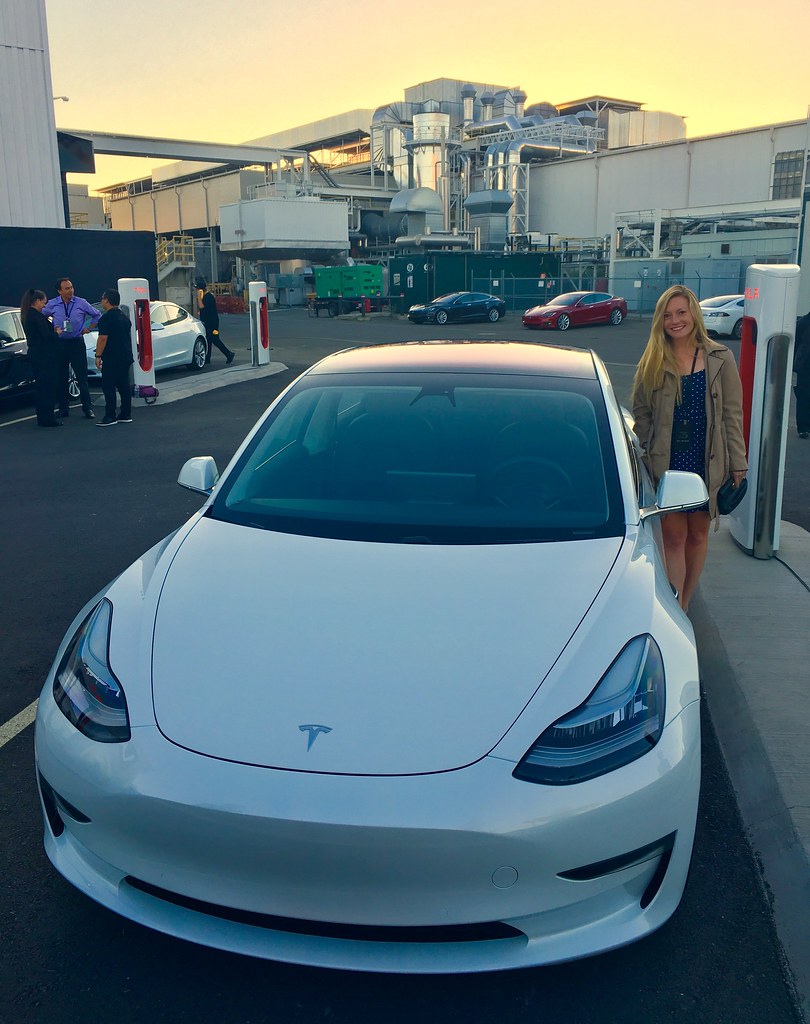
2. **Neglecting Driver Engagement with Autosteer.**Autosteer is unequivocally a hands-on feature, yet one of the most common and dangerous mistakes drivers make is failing to maintain continuous and firm engagement with the steering wheel. Tesla’s system is designed to detect active driver participation, not just a light touch. The trigger logic for “nag alerts” – the visual and audible warnings prompting driver engagement – is built upon detecting “Firm and Continuous Contact” with the steering wheel and “Minor Steering Adjustments” of less than 5 degrees while driving straight. A common misconception is that a mere fingertip touch is sufficient, which often leads to frequent and frustrating alerts.
Many drivers improperly grip the steering wheel, perhaps holding only the edge with one hand or resting their fingertips lightly on the rim. This “Incorrect Grip” is a primary cause of false nag alert scenarios, as the system does not recognize it as valid input. The expectation that the car can steer itself without consistent human interaction is a grave misunderstanding of Autosteer’s design, which necessitates constant supervision.
Furthermore, “Long Distance Without Steering Input” can also trigger alerts, even if hands are technically on the wheel. The system requires subtle, active input, recommending minor adjustments every 10-15 seconds. Drivers who let the wheel remain untouched for extended periods, believing Autosteer is fully managing the path, are neglecting a core requirement for safe operation and actively inviting system disengagement.
To mitigate these issues, Tesla officially recommends gripping the steering wheel at the 3 o’clock and 9 o’clock positions, ensuring the palm fully grips the wheel and fingers lightly hold it. Eliminating hardware interference, such as thick steering wheel covers or accessories with metallic particles that block sensors, is also crucial. Failure to adhere to these engagement protocols not only results in constant nag alerts and system disengagement but, more critically, means the driver is not prepared to take immediate action, a responsibility that “could cause damage, serious injury or death.”
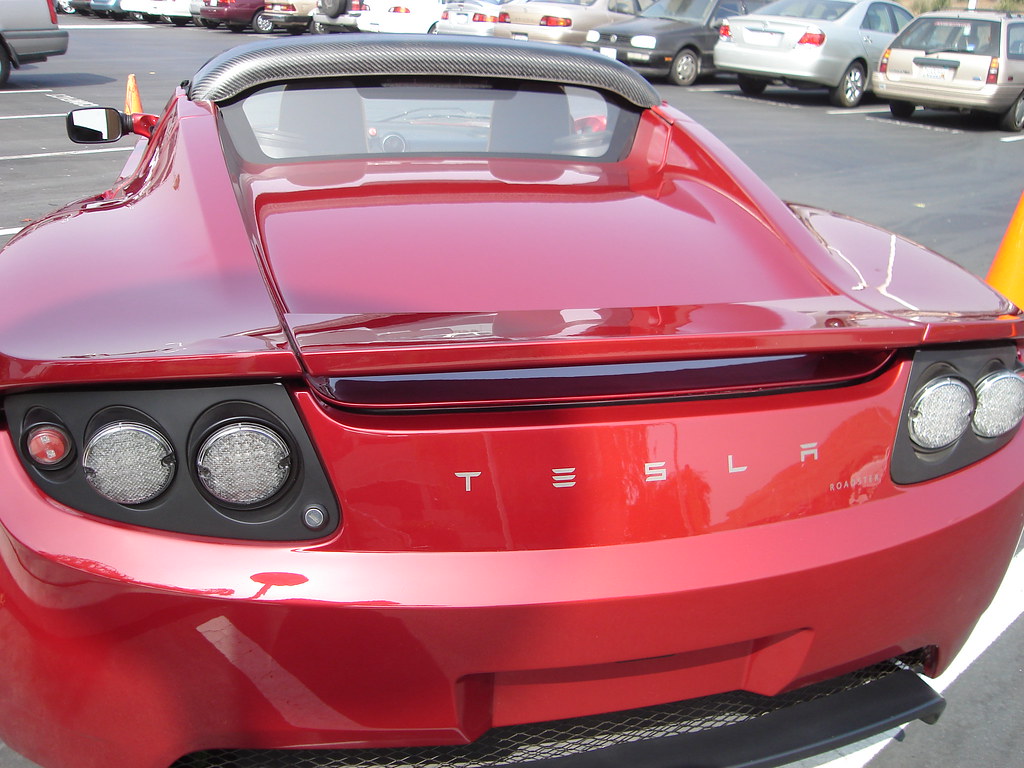
3. **Using Autosteer in Inappropriate Environments.**Autosteer is a powerful driver-assistance feature, but its effectiveness and safety are highly dependent on the environment in which it is used. A significant mistake drivers make is to engage Autosteer in conditions or locations for which it was not designed, fundamentally misinterpreting its operational scope. The system is “intended for use on controlled-access highways with a fully attentive driver,” a critical limitation often overlooked.
Using Autosteer outside of these controlled environments can lead to unpredictable and dangerous situations. The system specifically warns against its use “in construction zones, or in areas where bicyclists or pedestrians may be present.” These environments are dynamic and filled with unpredictable elements that Autosteer is not equipped to handle autonomously. Temporary lane markings, unexpected detours, and the presence of vulnerable road users demand a level of adaptive decision-making that is currently beyond the system’s capabilities.
Numerous environmental and road conditions can severely impair Autosteer’s performance. The system “is particularly unlikely to operate as intended when” lane markings are excessively worn, have visible previous markings, have been adjusted due to road construction, are changing quickly, or when objects or landscape features cast strong shadows on them. Similarly, poor visibility due to weather (heavy rain, snow, fog) or obstructed cameras/sensors will degrade its ability to accurately determine lane markings and maintain a safe path.
Drivers often fail to recognize that physical road characteristics also pose significant challenges. Autosteer may not operate as intended “when driving on hills” or “on a road that has sharp curves or is excessively rough.” Bright light, such as direct sunlight or oncoming headlights, can also interfere with camera views. Depending on Autosteer under any of these circumstances is a serious mistake, as the system “may not steer Model S appropriately,” necessitating immediate driver intervention that an unprepared driver might not be able to provide in time. Therefore, maintaining control and understanding these critical environmental limitations is paramount.
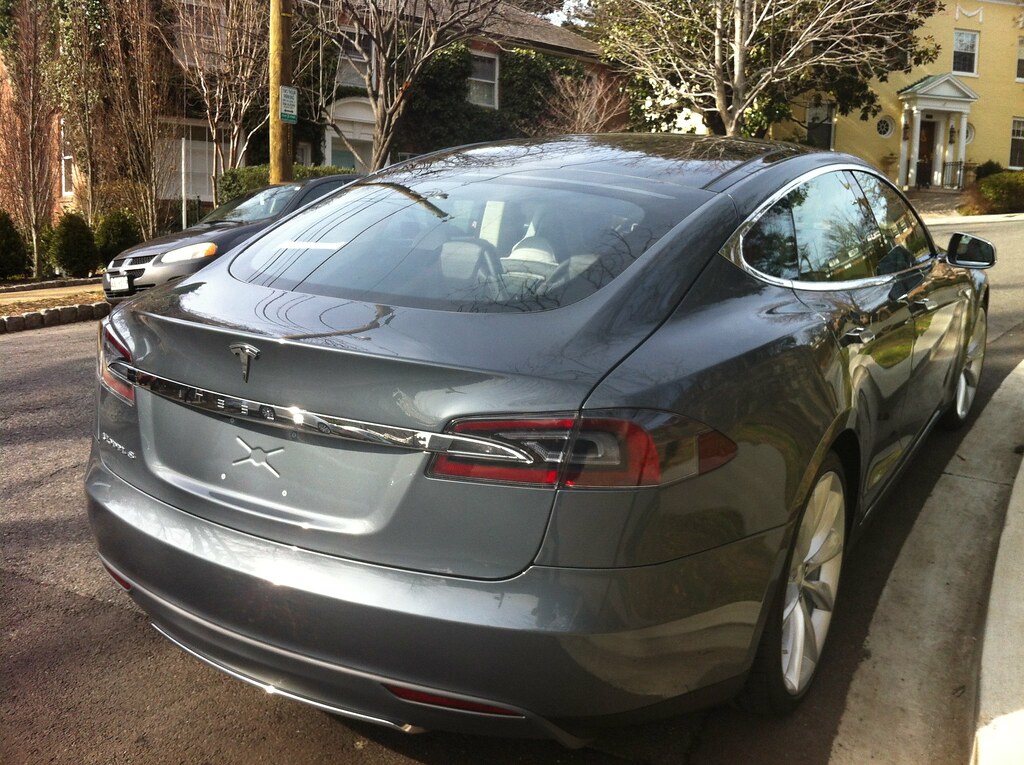
4. **Failing to Visually Confirm Safety During Auto Lane Change.**Auto Lane Change, while an impressive feature, is another area where driver complacency can lead to hazardous situations. The core mistake drivers make is to implicitly trust the system to execute a safe lane change without active human verification. The clear warning states, “It is the driver’s responsibility to determine whether a lane change is safe and appropriate.” This responsibility cannot be delegated to the Autopilot system.
Before initiating any lane change with this feature, drivers are explicitly instructed to “always check blind spots, lane markings, and the surrounding roadway to confirm it is safe and appropriate to move into the target lane.” Neglecting these fundamental visual checks is a critical error. The system relies on camera recognition of lane markings, which can be impaired by various factors, meaning it may not have a complete or accurate picture of the surrounding traffic or potential obstacles in your blind spot.
Moreover, relying solely on Auto Lane Change to determine an appropriate driving path can be perilous. Drivers must “Drive attentively by watching the road and traffic ahead of you, checking the surrounding area, and monitoring the touchscreen for warnings.” This active monitoring is not optional; it is essential to ensure that the system’s proposed maneuver aligns with safe driving practices in real-world conditions.
Specific conditions also render Auto Lane Change inappropriate and potentially dangerous. Drivers are cautioned not to “use Auto Lane Change on roads where traffic conditions are constantly changing and where bicycles and pedestrians are present.” Similarly, “on winding roads with sharp curves, on icy or slippery roads, or when weather conditions (such as heavy rain, snow, fog, etc.) may be obstructing the view from the camera(s) or sensors” are times when this feature should be deactivated. Proceeding with Auto Lane Change under these conditions, without thorough visual confirmation, represents a significant lapse in judgment and adherence to safety guidelines.
Read more about: Unlocking Peak Season Savings: Your Essential Guide to Finding Cheap Flights for Budget-Minded Travelers
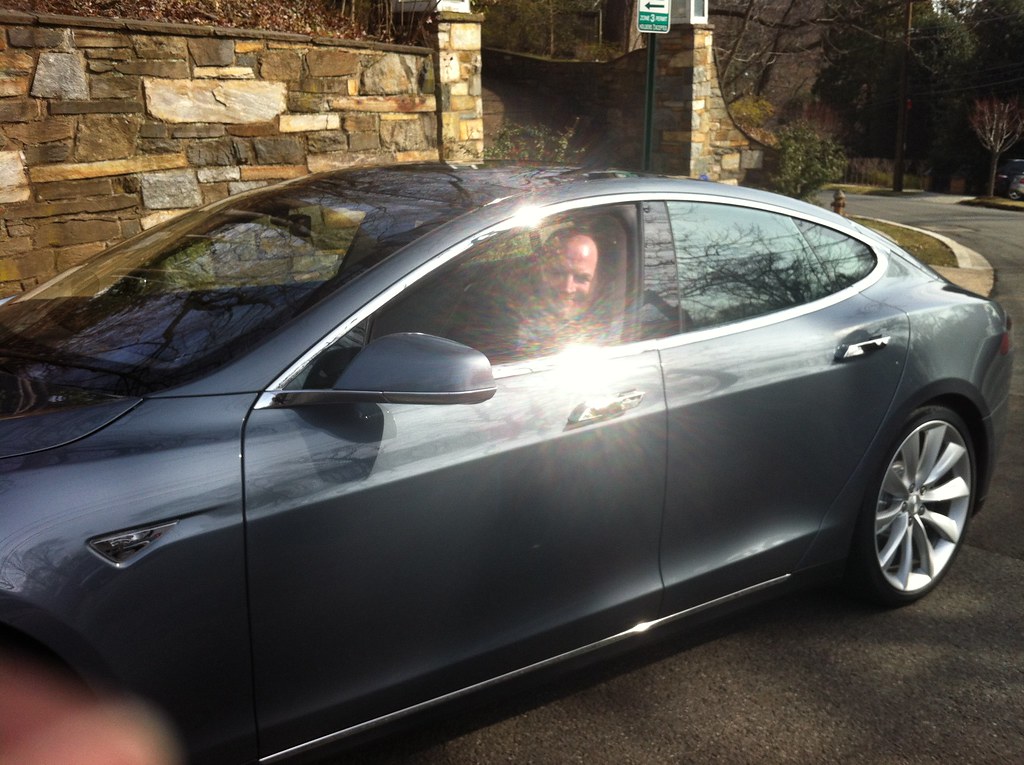
5. **Misjudging Overtake Acceleration’s Impact on Following Distance.**Overtake Acceleration is designed to provide a burst of speed when the appropriate turn signal is engaged, allowing the Model S to accelerate closer to the vehicle ahead during an overtaking maneuver. While seemingly straightforward, a common mistake drivers make is to underestimate or be unaware of the system’s fundamental operational change during this function: a reduction in the selected following distance. This oversight can create dangerously close following situations that the driver might not intend or be prepared for.
The system clearly states that “Although Traffic-Aware Cruise Control continues to maintain distance from the vehicle ahead, it is important to be aware that your selected following distance is reduced when Overtake Acceleration is active, particularly in cases where it may not be your intention to overtake the vehicle you are following.” This critical detail means that even if a driver has set a comfortable following distance under normal TACC operation, that margin is intentionally tightened during Overtake Acceleration to facilitate the maneuver. If the driver is not actively monitoring this reduced distance, they could find themselves uncomfortably, or unsafely, close to the lead vehicle.
This mistake highlights a broader issue of not fully comprehending how different Autopilot features interact and modify each other’s behavior. The expectation that TACC’s standard following distance will be maintained during an acceleration command is a misunderstanding. Drivers must internalize that activating Overtake Acceleration is a deliberate choice to temporarily reduce this safety buffer, demanding heightened vigilance and readiness to intervene.
Given that Overtake Acceleration “can cancel for many unforeseen reasons,” drivers should never depend on it exclusively to increase driving speed. Staying alert, actively observing the distance to the vehicle ahead, and being prepared to manually adjust speed or disengage the feature are crucial to avoid potential rear-end collisions or other incidents that could arise from misjudging the reduced following distance. The convenience of acceleration should never overshadow the necessity of maintaining a safe operational envelope through constant driver awareness.
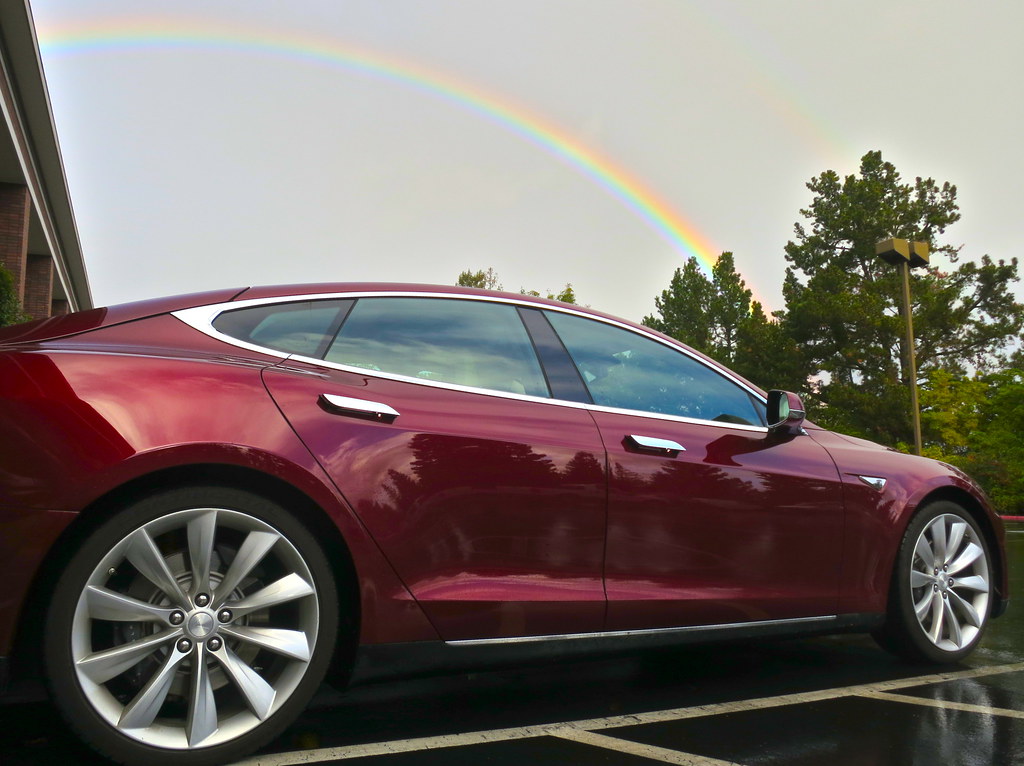
6. **Treating Stop Light and Stop Sign Warning as a Substitute for Braking or Attentive Driving.**Tesla’s Stop Light and Stop Sign Warning feature offers guidance to drivers when approaching controlled intersections. However, a perilous mistake drivers frequently make is to misinterpret this feature as an active braking system or a substitute for their own attentive driving and sound judgment. This misunderstanding can lead to a dangerous failure to stop, with potentially catastrophic consequences, as the system “does not apply the brakes or decelerate Model S.”
The feature’s design is explicitly for “guidance purposes only.” It relies on “on-board maps to know that a particular stop light or stop sign exists at a location.” The critical caveat here is that “In some cases, map data is inaccurate or outdated and may not include all stop lights or stop signs. Therefore, Stop Light and Stop Sign Warning may not detect all stop lights and stop signs.” This means drivers cannot, under any circumstances, assume the system will always provide a warning, especially in areas with recent road changes or temporary signage.
Moreover, the system has specific limitations regarding what it can detect. It “is designed to warn you only when approaching a visible red stop sign, solid red or later portion of a yellow traffic light.” Crucially, “It may not warn you of intersections with flashing lights and it does not warn you of yield signs or temporary stop and yield signs (such as those used in construction areas).” Relying on the warning in these scenarios, where it is known to be ineffective, is a serious error that places the driver and others at extreme risk.
Drivers who press the accelerator or brake pedal also effectively disable the warning for approaching stop lights or signs. This highlights the feature’s reliance on the driver’s active monitoring. The imperative to “Keep your eyes on the road when driving and never depend on Stop Light and Stop Sign Warning to warn you of a stop light or stop sign” cannot be overstated. Mistaking a guidance feature for an autonomous braking system is a fundamental error that undermines the core principles of safe, supervised driving with Autopilot.”
Car Model Information: 2025 Hyundai PALISADE Calligraphy Night Edition
Name: Tesla Model S
ModelYears: 2013–present
Alt: A front-three quarter view of a gray Model S
Caption: #2016–2019: First major update
Designer: Franz von Holzhausen
Weight: cvt
Height: cvt
Width: cvt
Length: cvt
Wheelbase: cvt
ElectricRange: cvt
Battery: kWh,lithium-ion battery
Motor: Unbulleted list
Transmission: Reduction drive
Related: Tesla Model X
Layout: Rear-motor, rear-wheel drive,Dual-motor, all-wheel-drive,Tri-motor, all-wheel-drive layout
BodyStyle: liftback,sedan (automobile)
Class: Full-size car
Assembly: Unbulleted list
Production: June 2012 – present
Manufacturer: Tesla, Inc.
Sp: us
Chassis: Unibody
Categories: 2020s cars, All-wheel-drive vehicles, All Wikipedia articles written in American English, All articles containing potentially dated statements, Articles containing potentially dated statements from 2025
Summary: The Tesla Model S is a battery-electric, four-door full-size car produced by the American automaker Tesla since 2012. The automaker’s second vehicle and longest-produced model, the Model S has been described as one of the most influential electric cars in the industry. Car and Driver named it one of the best cars of the year in 2015 and 2016. Its various accolades include the Motor Trend Car of the Year Award in 2013.
Tesla started developing the Model S around 2007 under the codename WhiteStar, with Henrik Fisker appointed as lead designer for the project. After a dispute with Elon Musk, Tesla’s CEO, Fisker was replaced by Franz von Holzhausen who, by 2008, had designed the production Model S’s exterior. Tesla unveiled a prototype of the vehicle in March 2009 in Hawthorne, California. In 2010, Tesla acquired a facility in Fremont, California, to produce the Model S, which was previously owned by General Motors and Toyota. Series manufacture of the car officially began at the Tesla Fremont Factory in June 2012. Tesla carried out the final assembly for European markets at its facilities in Tilburg, Netherlands, between 2013 and 2021.
Constructed mostly of aluminum, the Model S shares 30 percent of its components with the Model X—a crossover SUV that was introduced in 2015. The Model S has undergone several updates during its production, the most prominent ones occurring in 2016 and 2021. These updates have usually included modifications to the motor, such as changes to power or torque, revised exterior elements, and refreshed interior features. One such change included the 2015 introduction of Tesla Autopilot—a partial vehicle automation advanced driver-assistance system. The 2021 update led to the introduction of the high-performance, three-motor Plaid—Tesla’s most powerful model.
In 2015, the Model S was the world’s best-selling plug-in electric vehicle. In 2012, it was included on Time’s list of the Best Inventions of the Year, and the magazine later included it on its list of the 10 Best Gadgets of the 2010s in 2019. In 2014, The Daily Telegraph described the Model S as a “car that changed the world”. Road & Track argued that, with the introduction of the Plaid and features such as the yoke steering wheel, Tesla managed to turn the Model S into “perhaps one of the worst [cars in the world]”.
Get more information about: Tesla Model S
Buying a high-performing used car >>>
Brand: Tesla Model: Model S
Price: $48,755 Mileage: 4,184 mi.
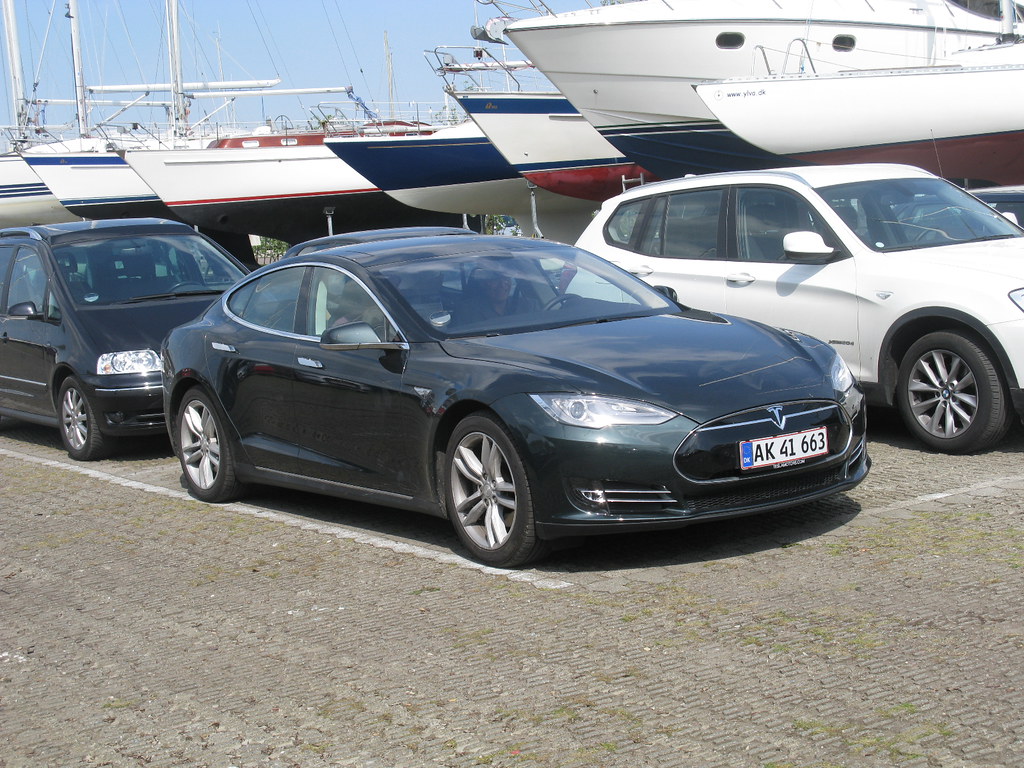
7. **Over-relying on Navigate on Autopilot for lane determination and autonomous navigation.**Navigate on Autopilot represents a significant leap in driver assistance, guiding the vehicle along a planned route and suggesting lane changes to optimize travel. However, a pervasive and potentially perilous mistake drivers make is to interpret this advanced capability as full autonomy, thereby reducing their vigilance and relinquishing active control. The system explicitly warns, “Navigate on Autopilot does not make driving autonomous. You must pay attention to the road, keep your hands on the steering wheel at all times, and remain aware of your navigation route.” This critical caveat is often overlooked, leading to a dangerous over-reliance on the technology to manage complex driving scenarios entirely on its own.
One of the most common errors occurs when approaching off-ramps or complex interchanges. Drivers may mistakenly believe Navigate on Autopilot will infallibly select the correct lane and execute the exit maneuver without human oversight. Yet, the system unequivocally states, “Never depend on Navigate on Autopilot to determine an appropriate lane at an off-ramp. Stay alert and perform visual checks to ensure that the driving lane is safe and appropriate.” Failing to conduct these essential visual checks and confirm the system’s intentions can place the vehicle in an unsafe or incorrect lane, demanding sudden, late-stage driver intervention.
Beyond off-ramps, drivers also frequently misjudge the system’s ability to perceive and react to all elements of the road environment. Navigate on Autopilot “may not recognize or detect oncoming vehicles, stationary objects, and special-use lanes such as those used exclusively for bikes, carpools, emergency vehicles, etc.” This limitation means that even while the system is active, the driver must constantly scan the surroundings for potential hazards that the Autopilot might miss. To assume the system has a complete and perfect understanding of the road is a profound misunderstanding of its current capabilities.
Furthermore, the system cautions drivers to “be extra careful around blind corners, interchanges, and on-ramps and off-ramps – obstacles can appear quickly and at any time.” This warning highlights the inherent unpredictability of real-world driving. An over-reliant driver, caught unaware by a sudden obstacle or an unexpected traffic condition, may not have the crucial seconds needed to react and prevent a collision. The responsibility for perceiving and reacting to these rapid changes always rests with the human driver, making continuous attention and readiness to intervene paramount.
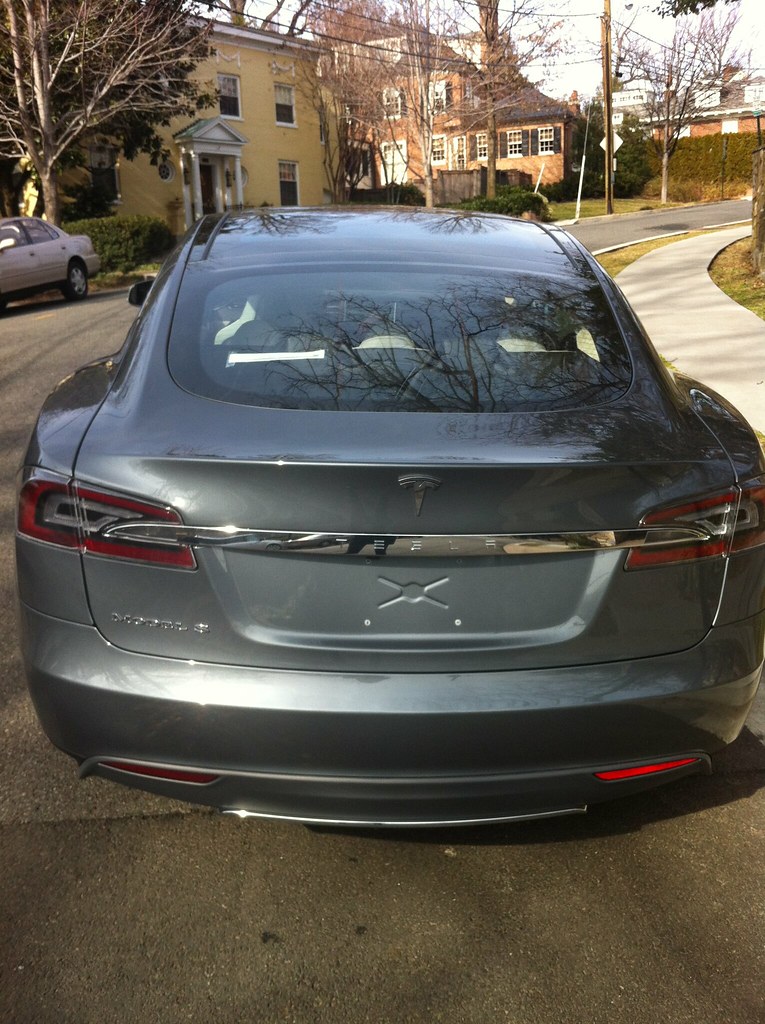
8. **Disabling ‘Require Lane Change Confirmation’ and neglecting active monitoring during Navigate on Autopilot.**
Within the Navigate on Autopilot feature, Tesla offers a setting called ‘Require Lane Change Confirmation,’ which, when enabled, requires driver input before the vehicle executes a suggested lane change. While some drivers opt to disable this feature for perceived convenience, doing so introduces a heightened risk if not accompanied by an unyielding commitment to active monitoring. The system clearly warns, “If you turn off Require Lane Change Confirmation, Navigate on Autopilot notifies you of upcoming lane changes and off-ramps, but it remains your responsibility to monitor the environment and maintain control of Model S at all times.” This means the system will initiate lane changes automatically after notification, without explicit driver confirmation.
The critical mistake here is to equate the notification with a guarantee of safety, subsequently disengaging from the active monitoring required. Lane changes, particularly on busy highways or in complex traffic flows, “can occur quickly and suddenly.” If the driver is not fully attentive and prepared, an automatically executed lane change could place the vehicle into the path of another car, a vulnerable road user, or an unforeseen obstacle. The rapid nature of these maneuvers demands that the driver’s hands remain firmly on the wheel and their eyes fixed on the driving path, ready to override the system at any instant.
Therefore, disabling lane change confirmation does not diminish the driver’s responsibility; it amplifies the need for unwavering vigilance. The convenience of automated lane changes must always be balanced against the imperative for safety. Drivers must be acutely aware that even with the system managing lane changes, they are the ultimate arbiters of safety. They must be prepared to intervene immediately if an automated lane change is deemed unsafe or inappropriate for the prevailing road and traffic conditions, reinforcing that Navigate on Autopilot is merely an assistance feature, not an autonomous chauffeur.
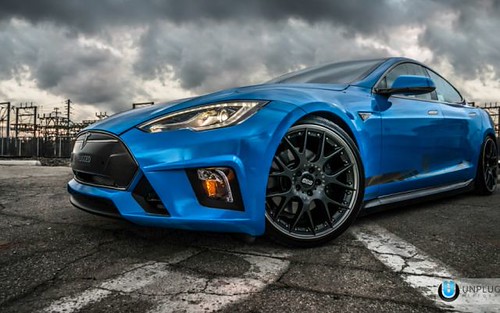
9. **Misinterpreting Full Self-Driving (Supervised) as fully autonomous, leading to inattentiveness.**
Full Self-Driving (Supervised), also known as Autosteer on City Streets, is Tesla’s most advanced driver-assistance offering, capable of navigating more complex urban environments. However, a grave and frequently made error by drivers is the fundamental misinterpretation of this feature as actual, unsupervised autonomy. The system is still very much in its ‘supervised’ phase, and Tesla emphatically states, “Always remember that Full Self-Driving (Supervised)… does not make Model S autonomous and requires a fully attentive driver who is ready to take immediate action at all times.” Failing to grasp this distinction is perhaps the most dangerous mistake a user can make, fostering a false sense of security that directly compromises safety.
This core misunderstanding often leads to a dangerous decline in driver attention. While FSD (Supervised) can handle many intricate driving tasks, it is not infallible. The system explicitly requires drivers to “pay attention to the road and be ready to take over at all times.” This includes remaining attentive, being mindful of road conditions and surrounding traffic, and crucially, paying attention to pedestrians and cyclists, especially around blind corners, crossing intersections, and in narrow driving situations. Any lapse in this constant vigilance can have severe consequences, as the system is still learning and can make errors that require immediate human correction.
Drivers bear the responsibility of familiarizing themselves with the inherent limitations of Full Self-Driving (Supervised) and understanding the specific situations where it may not operate as expected. Treating FSD (Supervised) as a ‘set-it-and-forget-it’ solution fundamentally misunderstands its design and operational parameters. It is an early access feature that demands heightened caution, requiring the driver to be a constant, active participant in the driving process, ready to assume full control instantly. This human element of supervision is not merely a suggestion but an absolute requirement to prevent property damage, serious injury, or even death.
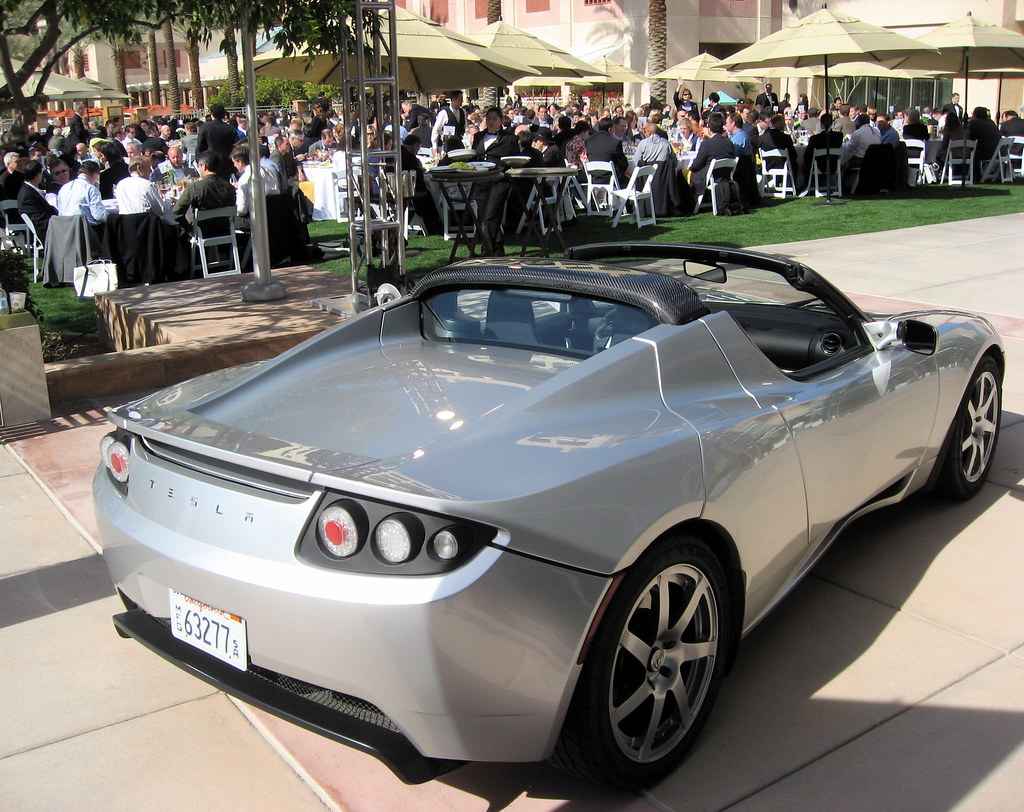
10. **Failing to anticipate and intervene during complex scenarios with Full Self-Driving (Supervised).**
Despite its sophisticated capabilities, Full Self-Driving (Supervised) is not equipped to handle every conceivable driving scenario with perfection, and drivers often err by not anticipating its limitations in complex situations. The system explicitly warns that its functions “may not operate as intended and there are numerous situations in which driver intervention may be needed.” These scenarios are not edge cases but frequently encountered real-world conditions that demand human judgment and immediate action. Relying solely on the system in these moments is a critical mistake.
For example, FSD (Supervised) can struggle significantly with “unprotected turns with high-speed cross traffic,” “multi-lane turns,” and “simultaneous lane changes.” These maneuvers require a nuanced understanding of traffic dynamics, speeds, and intentions that the system, in its current state, cannot always reliably replicate. Similarly, navigating “narrow roads with oncoming cars or double-parked vehicles” presents a challenge, as the system might not accurately gauge spatial constraints or safely yield. The driver must actively monitor these interactions and be prepared to take over for safe execution.
Further examples of challenging situations for FSD (Supervised) include encountering “rare objects such as trailers, ramps, cargo, open doors, etc. protruding from vehicles,” or managing “merges onto high-traffic, high-speed roads.” The system also faces difficulties with “debris in the road,” “construction zones,” and “high curvature roads, particularly at fast driving speeds.” Additionally, environmental factors like “low visibility, such as low light or poor weather conditions (rain, snow, direct sun, fog, etc.) can significantly degrade performance.” In all these instances, the driver’s role is not passive observation but active anticipation and preparation for intervention.
Perhaps most critically, drivers must internalize the warning that “Model S may quickly and suddenly make unexpected maneuvers or mistakes that require immediate driver intervention.” This is not limited to complex scenarios; the car “can suddenly swerve even when driving conditions appear normal and straight-forward.” This unpredictable behavior necessitates constant vigilance, requiring the driver to “anticipate the need to take corrective action as early as possible.” The mistake lies in assuming smooth, flawless operation, rather than maintaining a proactive stance ready to correct any sudden deviation, highlighting FSD (Supervised)’s status as an early access feature demanding extra caution.
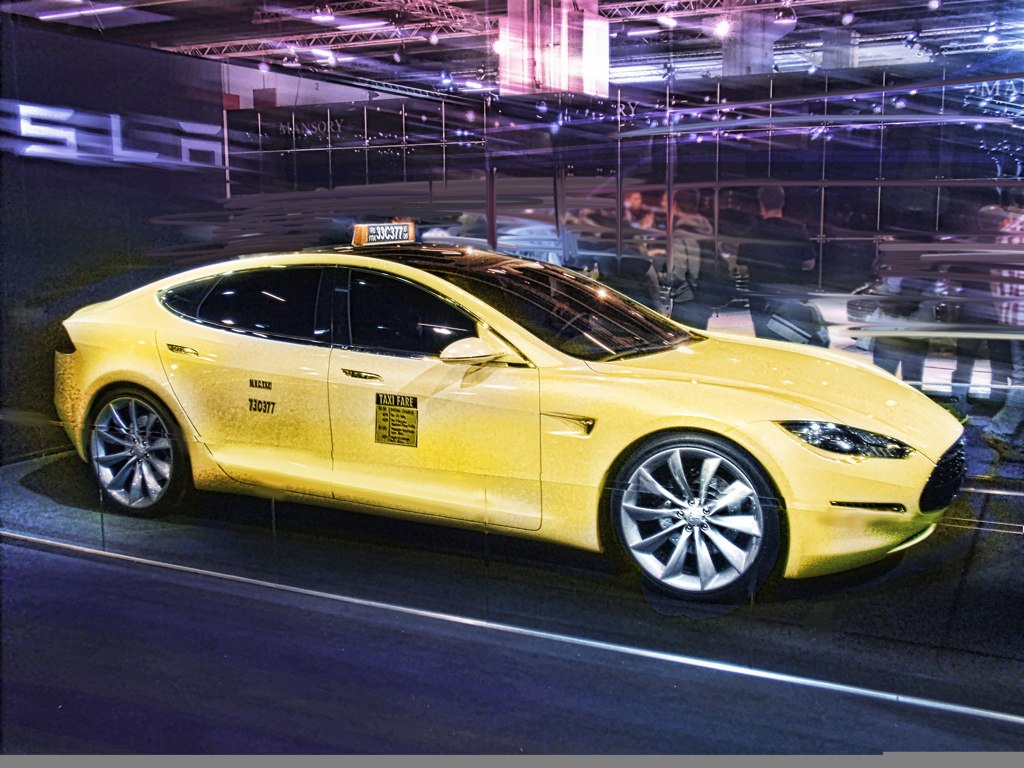
11. **Using Autopark without proper visual checks or with vehicle attachments.**Autopark is designed to simplify the often-stressful task of parallel or perpendicular parking, leveraging cameras and sensors to guide the vehicle into a space. However, a common and dangerous mistake drivers make is to delegate full responsibility for parking safety to the system, neglecting essential pre-checks and ongoing monitoring. The system’s performance “depends on the ability of the cameras and sensors (if equipped) to determine the vehicle’s proximity to curbs, objects, and other vehicles,” yet these sensors have limitations that an attentive driver must compensate for.
One specific, yet frequently overlooked, error is using Autopark when the Model S has attachments to its tow hitch. Tesla explicitly cautions, “Do not use Autopark if anything, such as a ball hitch, bike rack, or trailer, is attached to the tow hitch. Autopark may not stop for hitches when parking between or in front of other vehicles.” This warning is critical because the system’s perception capabilities might not account for the added length or protrusion of such attachments, leading to collisions with other vehicles or stationary objects that extend beyond the car’s primary bodywork.
Furthermore, drivers often mistakenly believe that Autopark will identify a legal, suitable, and entirely safe parking space without their input. This is a severe misconception. The guidance states, “Never depend on Autopark to find a parking space that is legal, suitable, and safe. Autopark may not always detect objects in the parking space. Always perform visual checks to confirm that a parking space is appropriate and safe.” Failing to visually confirm the space for legality (e.g., parking restrictions), suitability (e.g., adequate clearance), and safety (e.g., presence of hidden obstacles) leaves the driver vulnerable to property damage, fines, or even injuries to pedestrians that the system might miss.
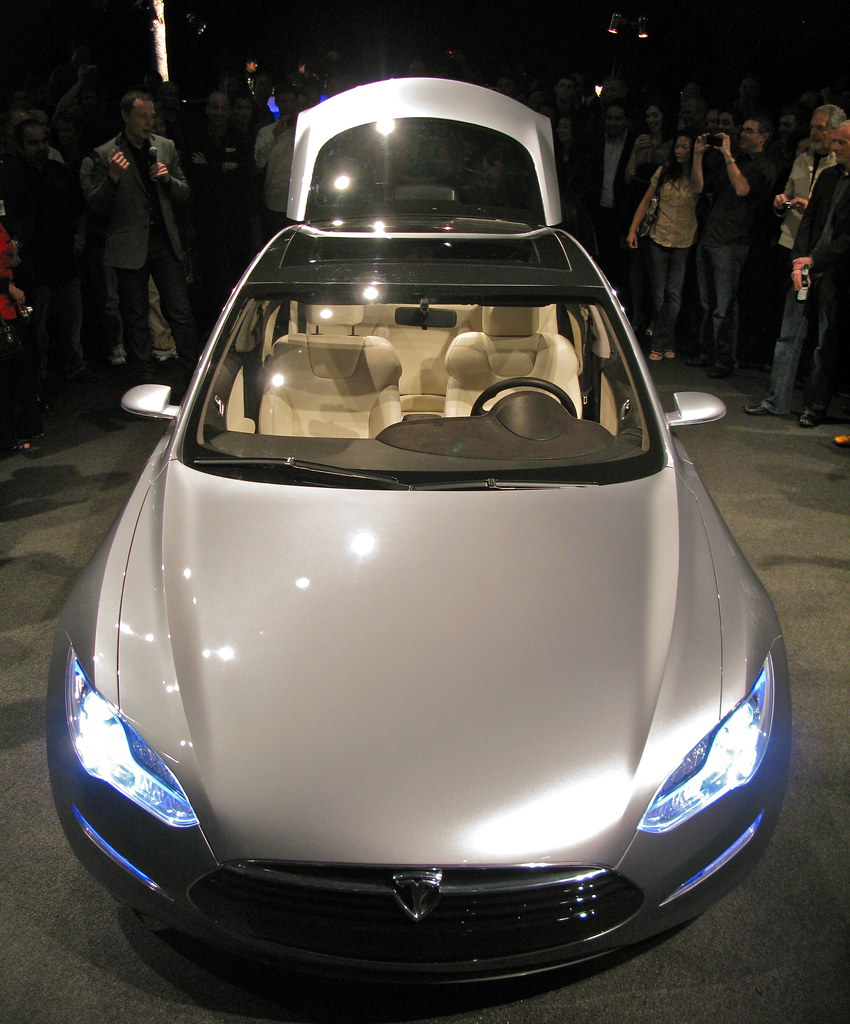
12. **Interfering with Autopark’s steering or using it on inappropriate terrain.**Even when Autopark is active and steering the vehicle, drivers make the mistake of interfering with the steering wheel, often out of habit or a momentary lack of trust. This intervention, however, is counterproductive and dangerous. The system clearly states, “When Autopark is actively steering Model S, the steering wheel moves in accordance with Autopark’s adjustments. Do not interfere with the movement of the steering wheel. Doing so cancels Autopark.” By interfering, the driver abruptly disengages the automated parking sequence, potentially mid-maneuver, requiring immediate manual correction in what could be a tight and precarious situation.
Another significant error is attempting to use Autopark in environments for which it was not designed, fundamentally misinterpreting its operational scope. Crucially, “Autopark is designed to operate on flat roads only.” Attempting to use it on “sloped” roads significantly increases the risk of unexpected behavior or a failed maneuver, as the system’s algorithms are not calibrated for such gradients. This limitation is a common pitfall, as drivers might overlook subtle inclines, assuming the system’s versatility extends to all parking environments.
Moreover, Autopark’s performance is severely compromised by various environmental and physical conditions. It is “particularly unlikely to operate as intended” when visibility is poor due to heavy rain, snow, or fog, or when the curb is not made of stone or cannot be reliably detected. Parking spaces directly adjacent to walls or pillars can also confuse the system. Similarly, any damage, dirt, or obstruction to the cameras or sensors (e.g., mud, ice, thick paint, or stickers) will degrade its ability to accurately perceive the surroundings and execute the parking maneuver safely. Relying on Autopark under these compromised conditions is a direct invitation to an incident, as the system’s perception and control capabilities are severely hampered.
Car Model Information: 2025 Hyundai PALISADE Calligraphy Night Edition
Name: Tesla Model S
ModelYears: 2013–present
Alt: A front-three quarter view of a gray Model S
Caption: #2016–2019: First major update
Designer: Franz von Holzhausen
Weight: cvt
Height: cvt
Width: cvt
Length: cvt
Wheelbase: cvt
ElectricRange: cvt
Battery: kWh,lithium-ion battery
Motor: Unbulleted list
Transmission: Reduction drive
Related: Tesla Model X
Layout: Rear-motor, rear-wheel drive,Dual-motor, all-wheel-drive,Tri-motor, all-wheel-drive layout
BodyStyle: liftback,sedan (automobile)
Class: Full-size car
Assembly: Unbulleted list
Production: June 2012 – present
Manufacturer: Tesla, Inc.
Sp: us
Chassis: Unibody
Categories: 2020s cars, All-wheel-drive vehicles, All Wikipedia articles written in American English, All articles containing potentially dated statements, Articles containing potentially dated statements from 2025
Summary: The Tesla Model S is a battery-electric, four-door full-size car produced by the American automaker Tesla since 2012. The automaker’s second vehicle and longest-produced model, the Model S has been described as one of the most influential electric cars in the industry. Car and Driver named it one of the best cars of the year in 2015 and 2016. Its various accolades include the Motor Trend Car of the Year Award in 2013.
Tesla started developing the Model S around 2007 under the codename WhiteStar, with Henrik Fisker appointed as lead designer for the project. After a dispute with Elon Musk, Tesla’s CEO, Fisker was replaced by Franz von Holzhausen who, by 2008, had designed the production Model S’s exterior. Tesla unveiled a prototype of the vehicle in March 2009 in Hawthorne, California. In 2010, Tesla acquired a facility in Fremont, California, to produce the Model S, which was previously owned by General Motors and Toyota. Series manufacture of the car officially began at the Tesla Fremont Factory in June 2012. Tesla carried out the final assembly for European markets at its facilities in Tilburg, Netherlands, between 2013 and 2021.
Constructed mostly of aluminum, the Model S shares 30 percent of its components with the Model X—a crossover SUV that was introduced in 2015. The Model S has undergone several updates during its production, the most prominent ones occurring in 2016 and 2021. These updates have usually included modifications to the motor, such as changes to power or torque, revised exterior elements, and refreshed interior features. One such change included the 2015 introduction of Tesla Autopilot—a partial vehicle automation advanced driver-assistance system. The 2021 update led to the introduction of the high-performance, three-motor Plaid—Tesla’s most powerful model.
In 2015, the Model S was the world’s best-selling plug-in electric vehicle. In 2012, it was included on Time’s list of the Best Inventions of the Year, and the magazine later included it on its list of the 10 Best Gadgets of the 2010s in 2019. In 2014, The Daily Telegraph described the Model S as a “car that changed the world”. Road & Track argued that, with the introduction of the Plaid and features such as the yoke steering wheel, Tesla managed to turn the Model S into “perhaps one of the worst [cars in the world]”.
Get more information about: Tesla Model S
Buying a high-performing used car >>>
Brand: TESLA Model: Model S
Price: $48,755 Mileage: 4,184 mi.
The sophisticated driver-assistance features in Tesla’s Autopilot system offer a glimpse into the future of mobility, promising enhanced comfort and safety. However, this journey towards greater automation is intrinsically linked to the human element. The detailed exploration of common mistakes, from misinterpreting TACC’s capabilities to over-relying on the advanced functionalities of Navigate on Autopilot, Full Self-Driving (Supervised), and Autopark, reveals a crucial pattern: these systems are powerful tools, but their efficacy and safety are contingent upon an informed, engaged, and constantly vigilant driver. Every warning, every limitation, and every instruction from Tesla serves as a vital reminder that while the technology assists, the ultimate responsibility for safe operation remains firmly in the hands of the human behind the wheel. Understanding these pitfalls and adopting a proactive, attentive driving approach is not just a recommendation; it is an imperative for safely navigating the evolving landscape of automated driving, ensuring that these innovations truly enhance our journeys rather than creating unforeseen hazards.

